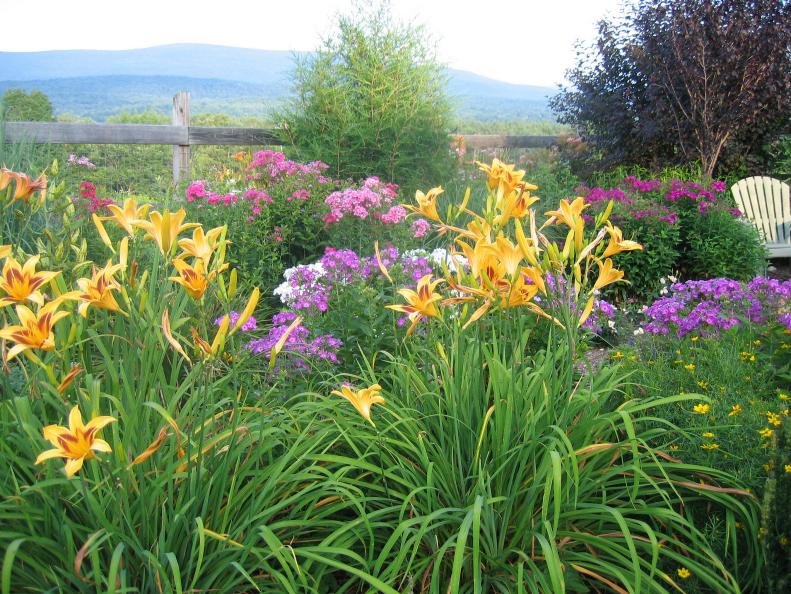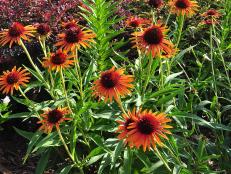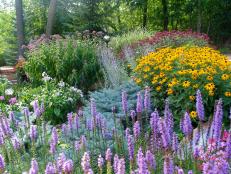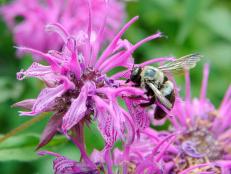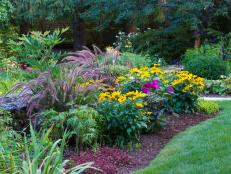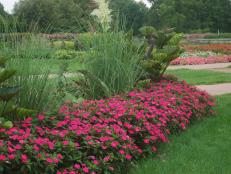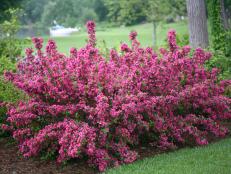1 / 24
Photo: Photo courtesy of Anthony Tesselaar Plants
Sun-Loving Perennials
Want carefree color? Fill your garden with perennials that thrive in full sun. Perennials stage a reliable show every year without heavy duty input, and sunny spots can host a wide array of plants. With the right mix of perennials, you can savor seasonal color from summer to fall frost.






